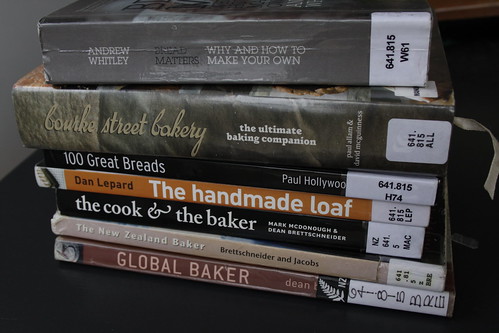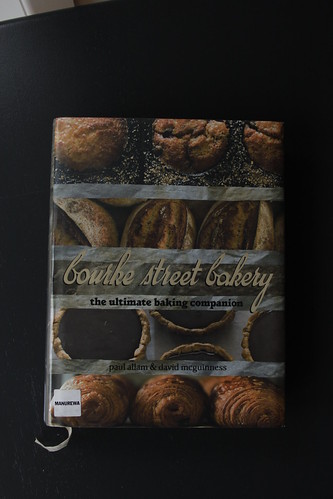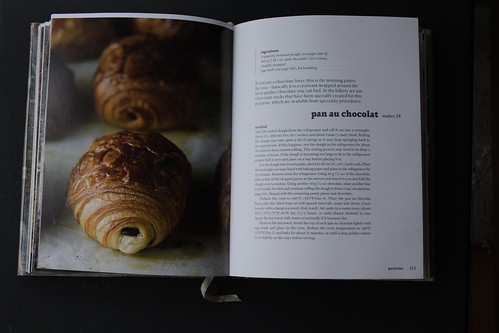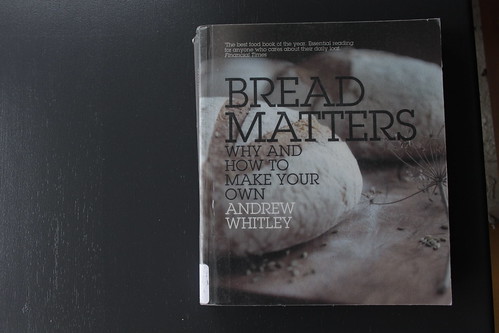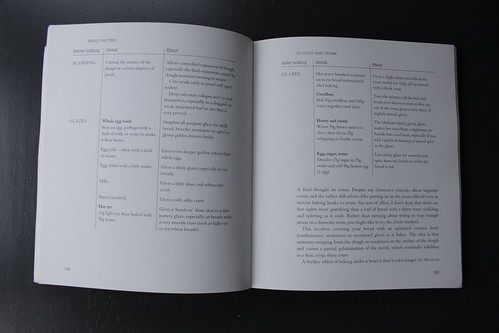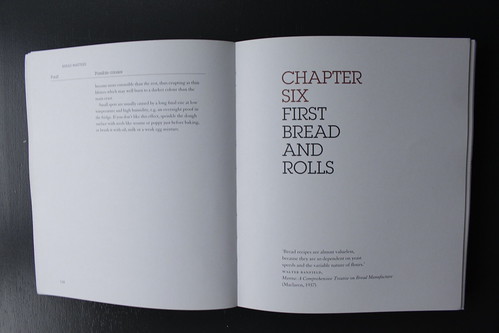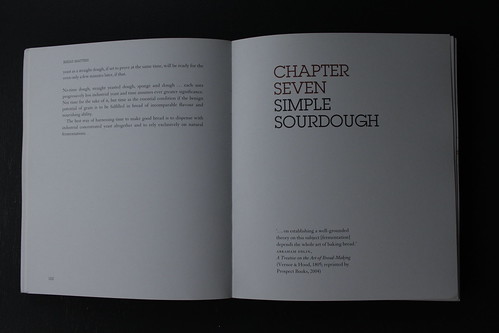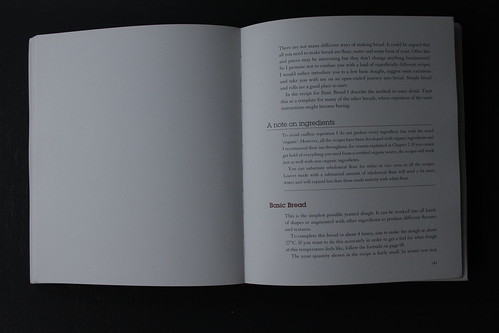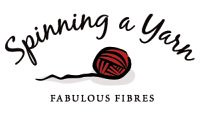This year I've decided I want to get serious about making our own bread. I have a stand mixer and a pizza stone and some really yummy wholemeal flour and it's time to get down to business. I might even grow a starter.
So I've been auditioning bread books from the library. (As an aside, how AWESOME is the Auckland Library? Supercity BOOM!)
Mainly, they were fairly standard recipe books- not particularly inspiring, fair to average photography, basic information contained within. So today I just want to review the two that are vying for my hard earned dollars. (Well actually, I've asked for a bread book from my husband for my birthday- but his hard earned dollars are my hard earned dolllars- right?)
The first one is Bourke St Bakery, written by Paul Allam and David McGuinness, the co founders of the Bourke St Bakery (I will refer to this henceforth as BSB, for brevities sake.) in Sydney, and contains recipes used in the bakery. It's a larger book- just shorter than A4 sized. The book is hardback and it's pages are thick and slightly glossy. The photography is divine and a photo accompanies every recipe.
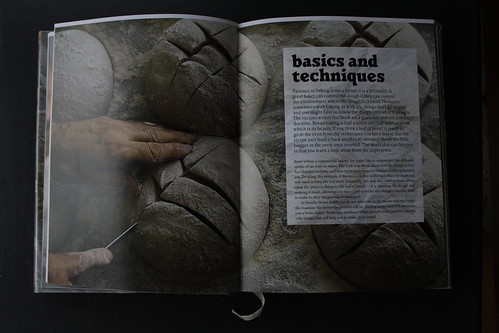
It has a serviceable introduction to bread baking section, which is full of information and step by step guides without becoming overly technical- accessible for the home baker. However, on some pages there is a lot of text, in a small font and sometimes not even much of a delineation between paragraphs- this makes it more intimidating and difficult to read. The recipes can be a bit like this too.
It covers sourdough in some lengths- including wheat and rye starter information. The sourdough recipes contain many derivatives on basic recipes. It has an olive oil dough section- ciabatta, flat breads and the like, but again, many are derivative on the basic recipe (different flavours or ways of moulding the bread).
The pastry section is very comprehensive with detailed instructions for different types of pastries- brioche, crossiant dough and it's derivative uses, and also recipes for puff, short (sweet and savoury) and empada dough, and more than one suggestion/recipe for their uses. It doesn't contain a recipe for a basic bread made solely with commercial yeast- it has got a few recipes that use both starter and yeast. It also contains some cake and dessert recipes.
This book is beautiful, inspiring and informative. It was my clear winner until I picked up the next one.......
Bread Matters by Andrew Whitley. Visually this book is smaller, and a square, which I actually quite like- it's kind of cute looking.The book is a paperback and it's pages are that thick, matte paper that have a wholesome, recycled, look and feel about them. Yum. The photography is lovely, simply styled with rustic country influences. However not every recipe has been photographed, and the photos are lumped together in two places in the book, and not alongside each recipe. This book is about $20 cheaper- this might have something to do with the photography placement, but I would happily pay the $50 BSB price for this book if it had photographs next to every recipe. (Wow, that seems like a big, rather shallow call! What can I say, I'm a visual person!)
I feel as though Bread Matters has more information in it than BSB, but I don't feel as though it is organised in as logical a way- there are a lot of loop back and circular type references. For example, the Ciabatta dough on pg 231 refers to a basic sponge on page 212 which refers to information on page 179, which is a a derivative of information on 160, which really needs to be referred to to follow the instructions properly. That's a lot of flicking backwards and forth people! The other thing that makes it more difficult to read, and find the recipe you are looking for, is that the recipes have a tendency to run together- starting and finishing halfway down pages rather than starting at the top of pages.
I've skimmed through most of the book, but it really needs to be read from cover to cover as a lot of general information is contained within and between recipes. There is a lot of trouble shooting type information contained in very readable tables, and I really liked this information on glazes. This tabular style of presenting information is very accessible. This book also breaks up what could be long paragraphs of information with subheadings, and bullet points, which makes it easy to find the important points.
Bread Matters covers sourdough extensively, covering 4 different types of starter. It also covers doughs using only commercial yeast, and that can be completed in shorter time frames- this is quite nice if you haven't got a starter bubbling away. It has a pastry and sweet breads (hot cross buns, brioce etc) section, but this isn't particularly inspiring due to the lack of photos.
So in conclusion, can I have both for my birthday please?! I feel torn between choosing just one!
I think that Bourke Street Bakery is an inspiring book, with good clear recipes and easy to follow instructions. It's comprehensive pastry section is an unexpected bonus- and probably more of the reason I would want to buy this book, along with all the inspiring derivative recipes for the sourdough and olive oil breads.
I think that Bread Matters contains better reference information- for troubleshooting, and about ingredients and methods. It's lack of photographs is disappointing (especially due to the beauty of the ones that are present) and as I said above, if it contained photographs for every recipe I would have no qualms paying $50ish for it, and only buying this book. I think it has a better range of basic recipes, which might tip it in the favour of better the better book to buy initially, though I see myself owning both before the year is out.
And if you'll excuse me, I have dough to knock back.

